Imagine spending 20 years living in a pitch-black, bottomless underground cave, sealed off from the outside world and wiped off the map. No, this isn’t a story about moles or prehistoric times. This was life in Chongqing, China, during the 1970s. This guide will uncover everything you need to know about the 816 Nuclear Town.
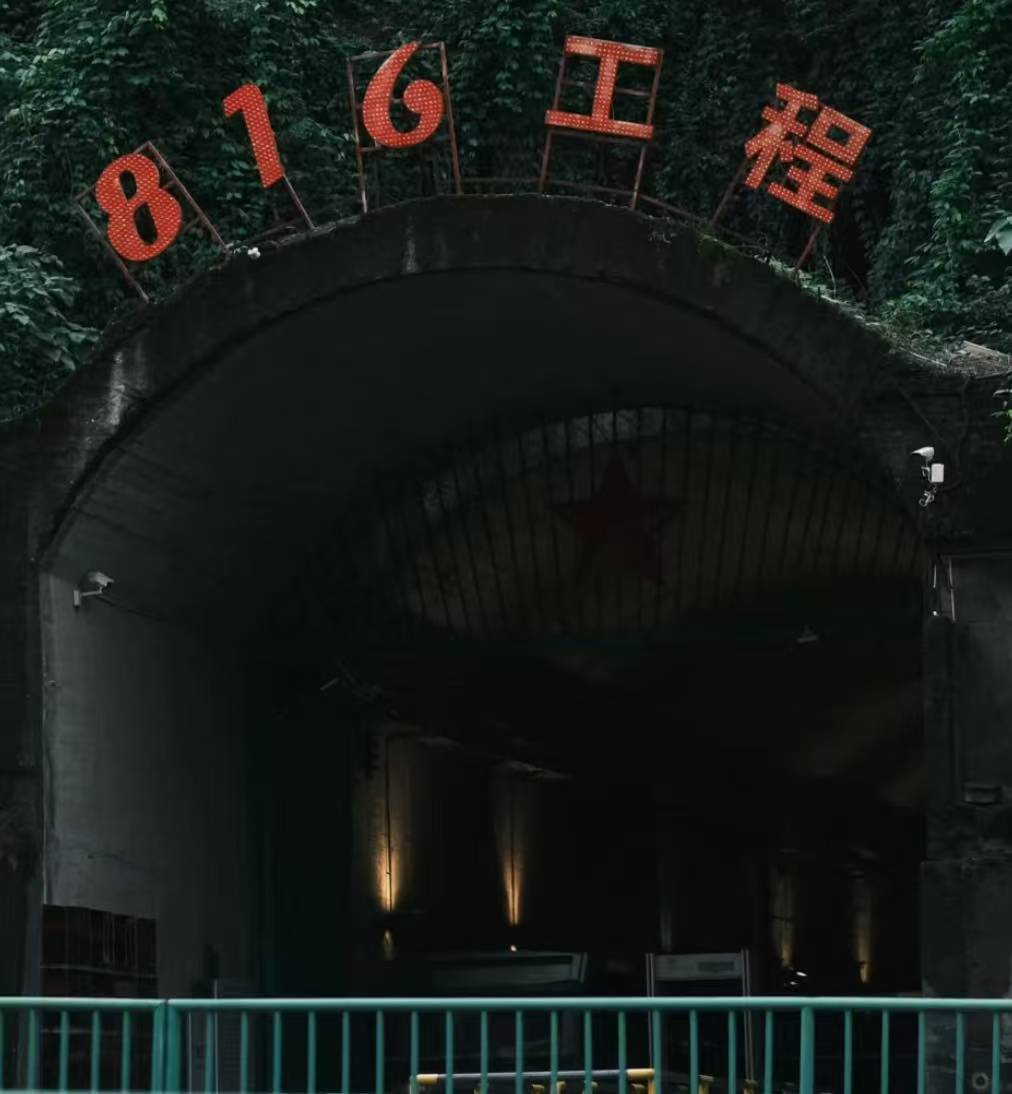
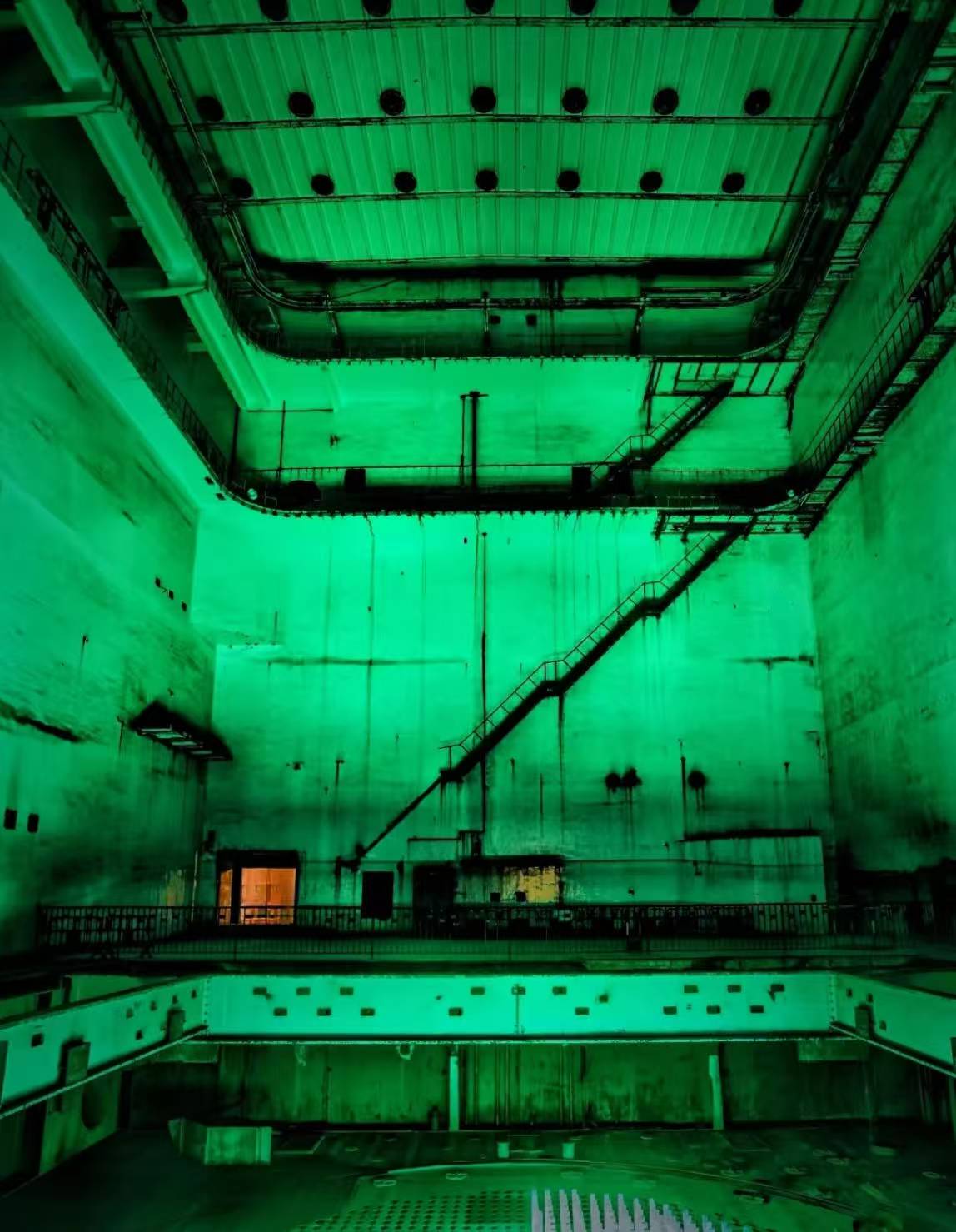
Table of Contents
What is the 816 Nuclear Town?
816 Nuclear Town lies in Baitao Town, Fuling District, Chongqing. The Wu River winds through this remote area, and hidden within Jinzi Mountain on its banks, the Chinese carved out the world’s largest man-made cave over half a century ago.
The entire complex covers 104,000 square metres, with over 20 kilometres of tunnels. Engineers excavated around 1.51 million cubic metres of rock. The largest chamber rises 79.6 metres high (roughly the height of a 20-storey building) and extends more than 30 metres below the riverbed. Nineteen separate entrances are scattered around the mountain, leading to 18 main chambers inside. These include everything from pedestrian and vehicle tunnels to air vents, drainage systems, warehouses, and designated access points. Altogether, the structure includes over 130 tunnels, shafts, and passageways stretching 21 kilometres in total.
More than just a military facility, this was a fully equipped underground town. Yet its most secret function lay in its hidden infrastructure for producing plutonium-239, the key material for making atomic bombs.
The Background of the 816 Nuclear Town
During the Cold War, as the United States and the Soviet Union competed for global dominance, much of the world lived in fear of a third world war. In the escalating nuclear arms race, the power to produce nuclear weapons, and the number of warheads one possessed, meant holding the upper hand in the Cold War.
In the 1960s, China found itself isolated. Due to ideological and political tensions, relations with both the United States and the Soviet Union were hostile. The Soviet experts who had been assisting with China’s defence industry were withdrawn, leaving the country with little outside support and no secrets to shield.
On 4 August 1964, during the Vietnam War, American bombs fell on Guangxi’s Beibu Gulf and Hainan Island. The Chinese Communist Party concluded that concentrating factories in major cities and coastal areas was a strategic risk. In response, China launched the “Third Front” movement, an initiative to relocate key military and industrial projects to inland regions. The 816 Project was born in this context.
In early 1965, teams from the Ministry of Nuclear Industry scouted locations across Yunnan, Guizhou, and Sichuan. They eventually chose Baitao Town in Chongqing. From that moment on, the town vanished from Chinese maps. The site’s selection was no accident: nestled beside the Wu River and surrounded by mountains, it offered both ample water and natural concealment.
In the summer of 1966, Premier Zhou Enlai approved the 816 Project. Deep inside Jinzi Mountain, engineers began carving out caverns to build an underground nuclear plant, including a reactor designed to produce plutonium-239, the key material for atomic bombs.
Construction officially began in 1967. Military engineering units led the excavation effort, with over 20,000 soldiers from Unit 8342 working around the clock. It took eight full years to carve out the massive underground network. In total, over 60,000 people contributed to the construction, and 1.51 million cubic metres of rock were removed.
But by 1978, China had shifted its national priorities. As the country opened up to the world, re-established diplomatic relations with the United States, and watched the Soviet Union’s power wane, the threat of nuclear war seemed to recede. National strategy moved from defence-first to economic development. The 816 Project, caught in this transition, was first delayed, then restarted, then delayed again.
In April 1981, the State Council ordered the project to be slowed down. In October, a directive was issued to resume construction, but by May 1982 it was once again shelved. Finally, in June 1984, the project was officially terminated.
On 8 April 2002, China’s Commission for Science, Technology and Industry for National Defense approved the declassification of the 816 Project. In September 2009, it was listed as a protected municipal heritage site in Chongqing. On 24 April 2010, the underground complex opened to the public for the first time. For national security reasons, only part of the site was made accessible, and only to Chinese citizens.
Today, however, the site is open to foreign visitors. Built over nearly two decades, this vast complex claimed the lives of 107 people during its construction, 76 of whom were officially recognised as martyrs. Their average age was just 21.
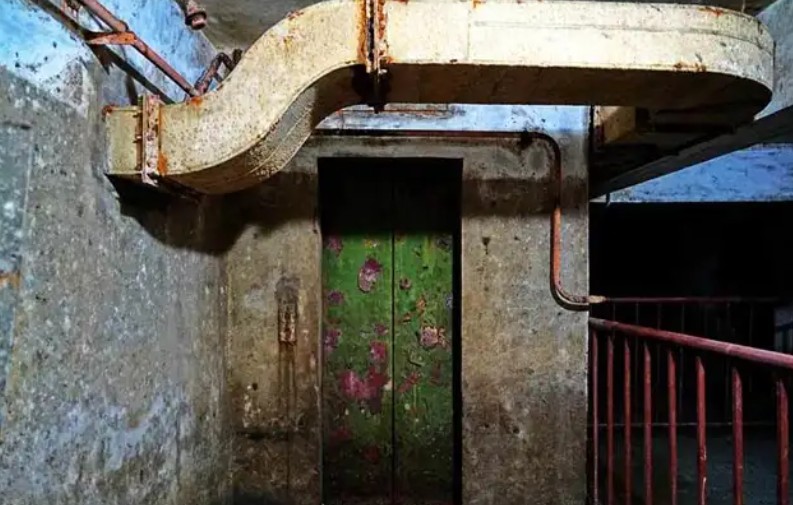
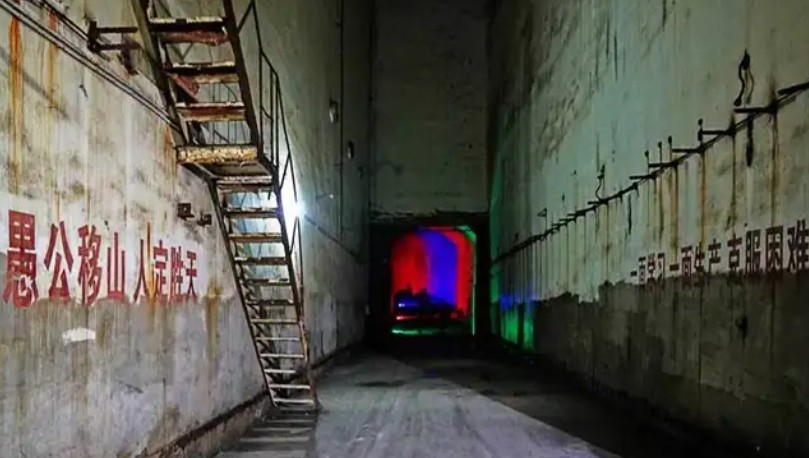
What to See at the 816 Nuclear Town?
When you reach the 816 Nuclear Town, the first stop is the Lost Baitao Town itself, which disappeared from the map for nearly 30 years. residents were forbidden to leave. After its official closure in 1996, they are finally allow to live a normal life.
The second stop is a 1960s look museum in an abandoned military factory shows artefacts from the Third Front Movement. It has original CCP Central Committee documents and period mechanical equipment. You will be able to see the military productions that were designed against the USSR.
The third stop is the 816 Military Nuclear Complex. After the Sino-Soviet split, China decided to build a plutonium production reactor independently as a safeguard against potential Soviet nuclear strikes.
At the base of the reactor hall sits a large, cauldron-like nuclear pool. The mouth of the pool is around 20 metres in diameter and 5 metres deep. It once housed key components for operation: production pumps for normal output, control pumps to regulate temperature, and safety pumps designed to shut things down in case of emergencies.
Today, lighting has been installed to help visitors explore the site. You can clearly see the bottom of the reactor pool. Since the facility was never put into operation, there’s no nuclear radiation here.
On the walls, you’ll still find faded propaganda slogans – a reminder of the sacrifices made by the workers who built this place. On the 9th floor, you’ll come across what was once China’s most advanced computer system. Facing the main control console are four large, circular control panels, each about two metres in diameter, tightly packed with dials and instruments. These were directly wired to the reactor, forming an intricate monitoring system.
At the far end of the control room stands a sealed relay panel with 2,001 numbered holes. Each hole connected one end to the central computer and the other to one of the reactor’s 2,001 individual fuel channels – a remarkable feat of engineering.
As you leave and head towards the scenic banks of the Wu River, you’ll pass the massive lead doors at each of the exposed tunnel entrances. These doors were controlled by photoelectric sensors. If a nuclear flash had been detected, they would have slammed shut automatically. Remember, this technology was developed in China in the 1970s. For its time, it was nothing short of extraordinary.
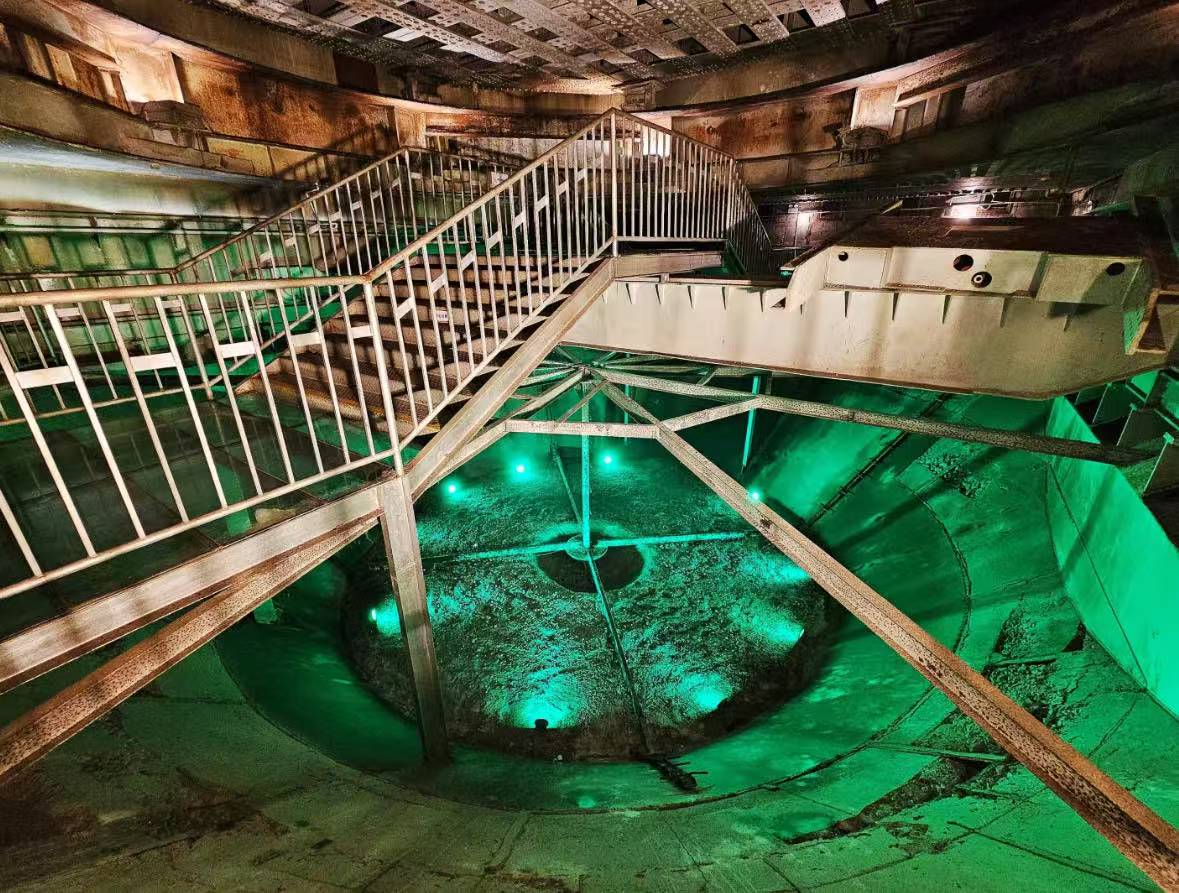
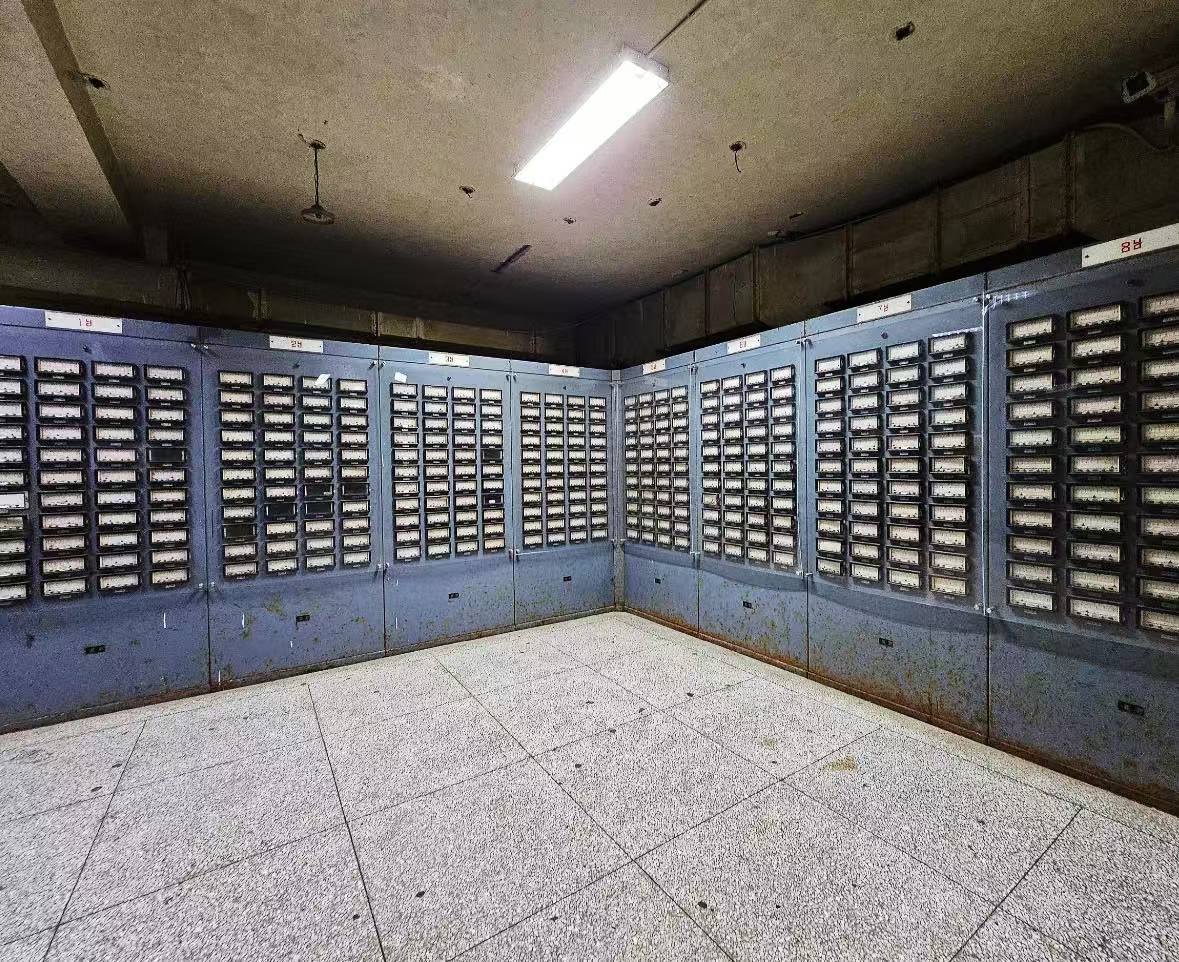
How to get to the 816 Nuclear Town?
The 816 Nuclear Town is located in Baitao Town, under the administration of Chongqing. To visit, you’ll first need to make your way to Chongqing itself.
From Chongqing, the most convenient option to get to the 816 Nuclear Town is to take a taxi or private car. The journey takes around 1.5 to 2 hours, depending on traffic.
For a more authentic Chinese public transport experience, take a train to Fuling North Station (涪陵北站). From there, head to the adjacent bus terminal and catch Bus 101 to Xinghua Garden (兴华花园站). Transfer to Bus 208B and ride to Jianfeng Seventh District (建峰七区). From the stop, the 816 Nuclear Town is about a 5-minute walk to the entrance of the 816 Nuclear Town.
Conclusion
The 816 Nuclear Town stands as a remarkable monument to the Cold War era, born from the Sino-Soviet split and shaped by the political turbulence of China’s Cultural Revolution. Here, time seems to have frozen. The atmosphere still carries the tension, urgency, and ideological intensity of half a century ago.
YPT can arrange bespoke tours to the 816 Nuclear Town, or click here to explore YPT’s China Group Tours.





